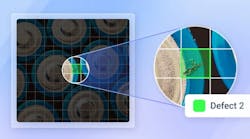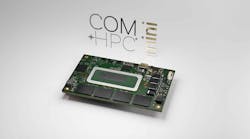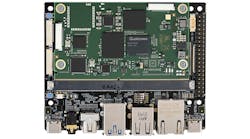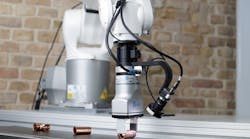AUGUST 8--Boulder Imaging Inc. (Louisville, CO; www.boulderimaging.com), an image-capture, image=processing, and machine-vision software company, has participated with SPEC Inc. (www.specinc.com), a designer of scientific instruments for research aircraft, in CRYSTAL-FACE (cloud1.arc.nasa.gov/crystalface, the government-sponsored scientific mission to measure how cloud characteristics alter the atmosphere's temperature and affect global warming. The CRYSTAL-FACE mission ran the entire month of July.
Boulder Imaging developed both the real-time processing system and the postprocessing software for the SPEC Cloud Particle Imager, an instrument that takes high-resolution digital images of cloud particles that flew on NASA's WB-57 platform during the first week in July. The WB-57 platform is one of several high-altitude aircraft used in this multi-agency mission that included seven NASA centers, NOAA, NCAR, and universities including the University of Colorado at Boulder.
SPEC's Cloud Particle Imager includes a high-speed camera that takes very fast pictures of the particles inside a cloud as the plane flies through it. An integral part of the image-capture and processing subsystem is Boulder Imaging's AcquireNow software, responsible for the high-speed video processing of digital images of ice crystals captured by the imager.
AcquireNow is programmed with complex algorithms that detect the edges of ice particles, information which is then used to determine what in an image is a particle and what isn't. Once detected, sizing information for each ice particle is computed and statistical information is generated tracking particle size distribution over time. From this data, researchers study the microscopic factors that influence cloud physics and in turn how these affect climate at a larger scale.




